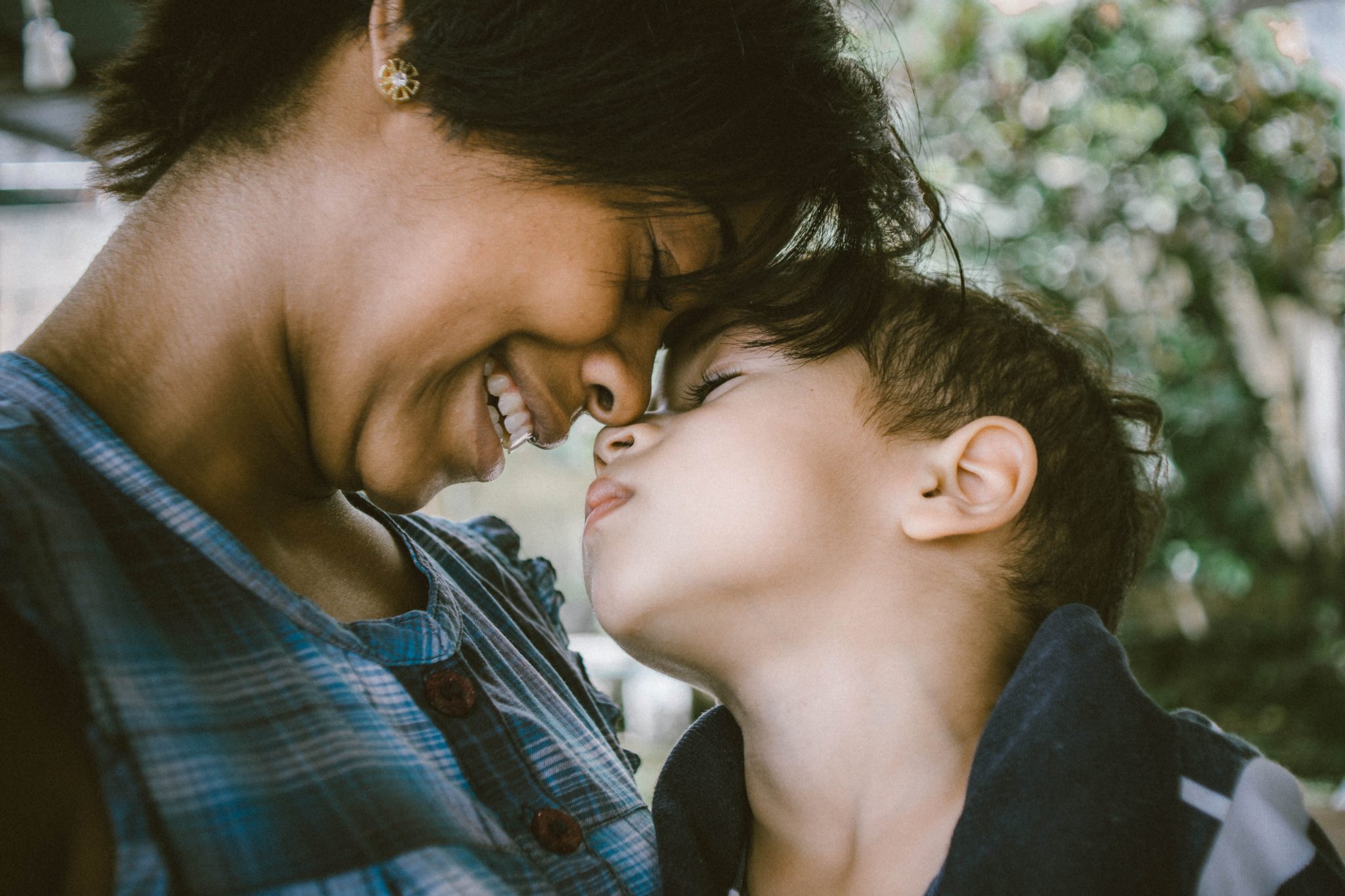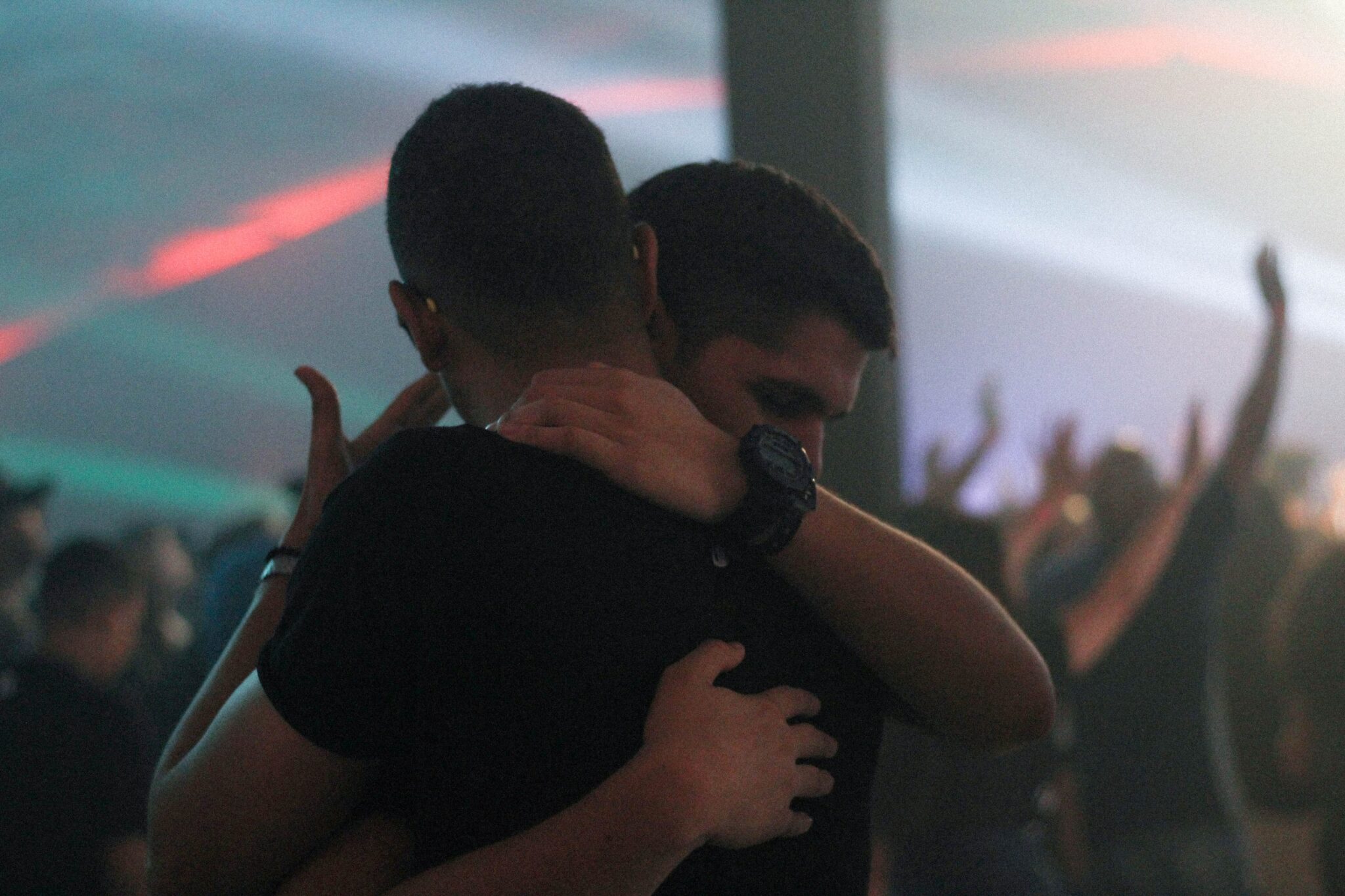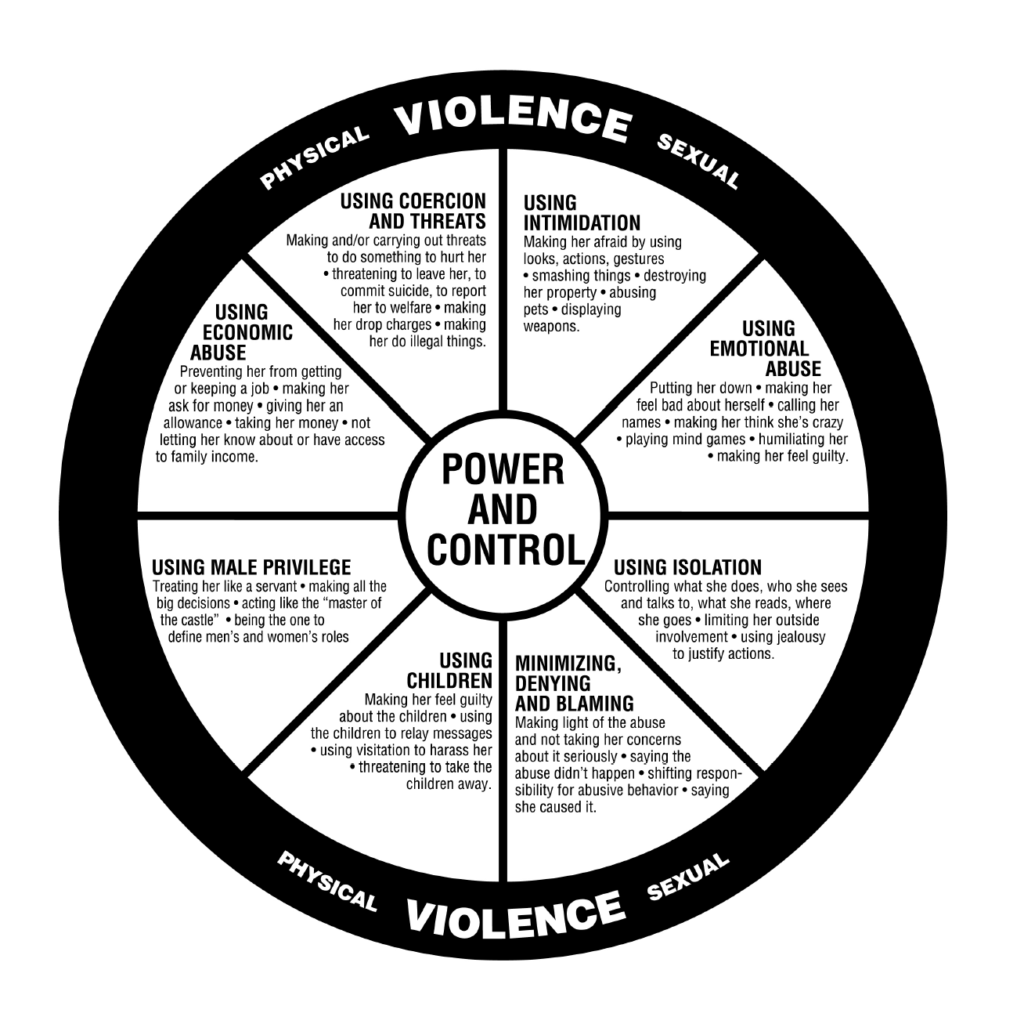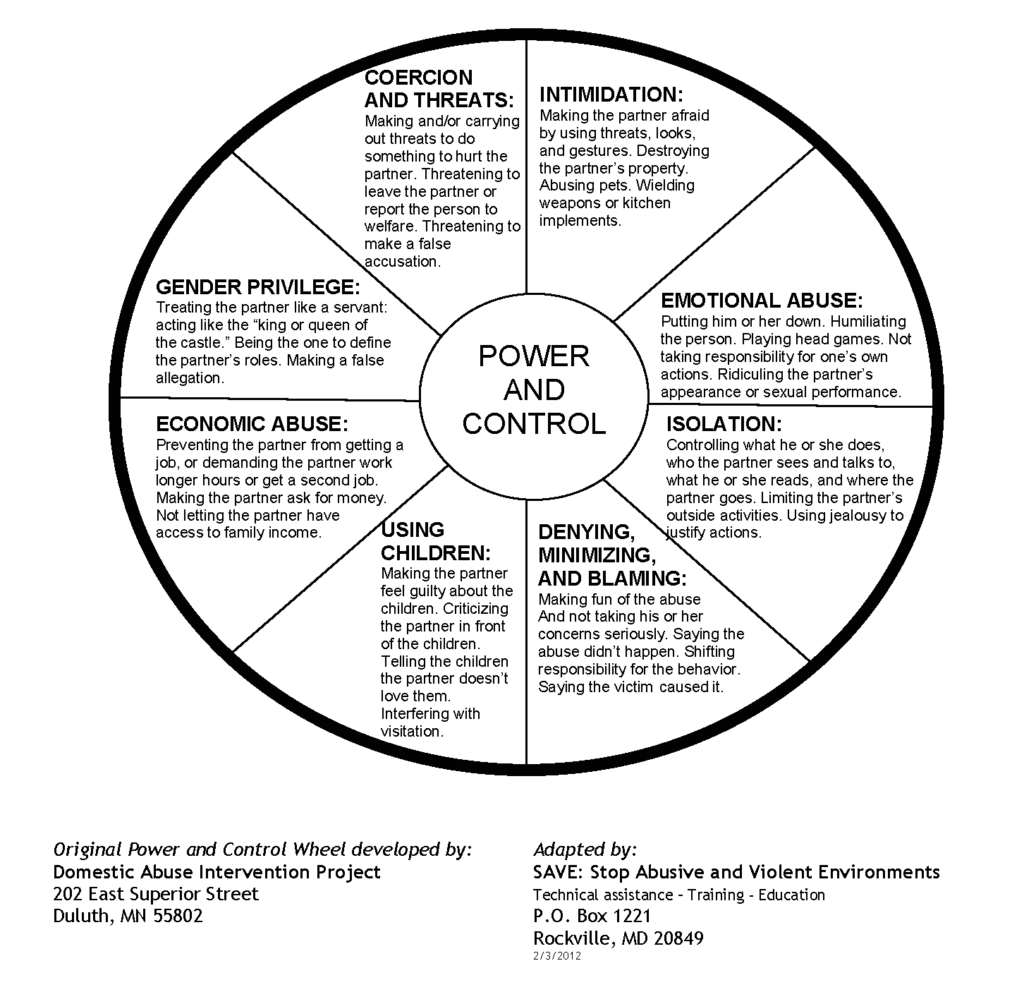







Domestic violence is an epidemic affecting individuals from every community regardless of race, gender identity, sexual orientation, age, disability, economic status, religion or nationality.
Domestic violence is a pattern of abusive, controlling and/or violent behavior toward a partner in an intimate relationship. It is often accompanied by emotional abuse that is part of a larger systematic pattern of dominance and control.
Domestic violence can result in physical injury, psychological trauma, and in severe cases, even death.
The devastating physical, emotional, and psychological consequences of domestic violence can cross generations and can last a lifetime.
People who abuse their partners may employ verbal abuse, threats, isolation from family and friends, intimidation, financial control, sexual or physical violence, property damage or threats toward the victim’s family, pets, or even themselves. People who are abused often think they are to blame or that their situation is hopeless. If you feel this way and are being hurt or abused, it is NOT your fault. We can help.
If you need help, please call us at 978-388-1888. Our hotline is available 24 hours a day, seven days a week.
Unsure if you have experienced abuse? These questions may help. If you're not sure, please call us. Has your partner ever:
- Put you down and then tell you that they love you?
- Question where you go, what you do or who you see?
- Relentlessly call, text, or email you?
- Keep you from seeing your friends or family?
- Scream at you, threaten, ridicule or criticize you repeatedly?
- Blame you for problems in your relationship?
- Undermine your parenting or say they will take away your children?
- Pressure you to have sex, do drugs or engage in illegal activities?
- Take your paycheck or restrict access to your money?
- Destroy your property?
Who is Affected by Domestic Violence?
- Anyone. Domestic violence affects teens and adults of every age, racial or ethnic background, religious group, neighborhood, and income level.
- Primarily women. The U.S. Department of Justice estimates that more than 90% of all domestic violence victims are female and that most abusers are male.
- BIPOC. People, particularly women, who are Black, Indigenous and/or a person of color, are disproportionately impacted by domestic violence. (Take a look at The Women of Color Network for facts and statistics)
- LGBTQ+. Lesbian, gay, bisexual and transgender individuals experience abuse at approximately the same levels as heterosexual couples, but the abuse is often exacerbated by social isolation caused by societal oppression and discrimination.
- Elders. 11% of individuals 60 and older reported experiencing intimate partner abuse within the past year. Click here for elder abuse outreach material.
- Children. Children are also victims of domestic violence, and often experience trauma from exposure to violence. A parent who uses violence will also sometimes use a child as the object of threats, or as a means to coerce their victims.
- Teens. 18% of high school girls and 7% of high school boys report being physically hurt by someone they are dating. We know that abuse later in life often begins with high school dating relationships.
- Immigrants. Domestic violence within immigrant and refugee communities can result in social and/or legal isolation of victims due to documentation status and access issues related to language and culture. Abuse may be exacerbated by social isolation, language barriers, and lack of familiarity with local laws and services.
- Men. Men and boys may be victims of domestic violence, with estimates as high as 17% of men in relationships reporting violence committed against them by their partner.
- People with disabilities. There are higher rates of domestic violence reported by people with disabilities than the general population. In these cases, the people in caregiver roles or those wielding disproportionate power in their relationships are often identified as perpetrators.
Power and Control

The Power and Control Wheel is a helpful tool to understand the overall pattern of abusive and violent behavior. Physical and sexual assaults, or threats to commit them, are often linked to other abusive behaviors. Although physical assaults may occur only occasionally, they can instill the fear of future violence, allowing a person who uses harm to take control of their partner’s life.
To better understand the original Power and Control Wheel, watch these videos presented by Scott Miller, Executive Director of Domestic Abuse Intervention Programs, home of The Duluth Model.
1 in 4 women and 1 in 10 men experience some form of intimate partner violence in their lifetime. Domestic violence disproportionately affects women and is the leading cause of injury to women. Women of color are at the highest risk because of systemic and structural racism in our society. These statistics indicate why many service providers and resources often use she/her pronouns when referring to victims and survivors of domestic violence, as you see above in the Power and Control Wheel, first created in the 1980’s and an invaluable tool for understanding abusive relationships that informs our work daily.
As the field and work of domestic violence service providers changes and evolves, we are moving towards using a gender-inclusive Power and Control Wheel. At the Jeanne Geiger Crisis Center, we are committed to providing services to survivors of domestic violence regardless of their race, color, ethnicity, gender identity, sexual orientation, religion, disability, or English proficiency. Our approach aims to be culturally responsive and survivor centered. In our ongoing journey to center racial and gender equity and inclusion in everything we do, we will refer to both versions of the Power and Control Wheel to recognize the disparities in our society while acknowledging that domestic violence is an epidemic affecting individuals from every community.
